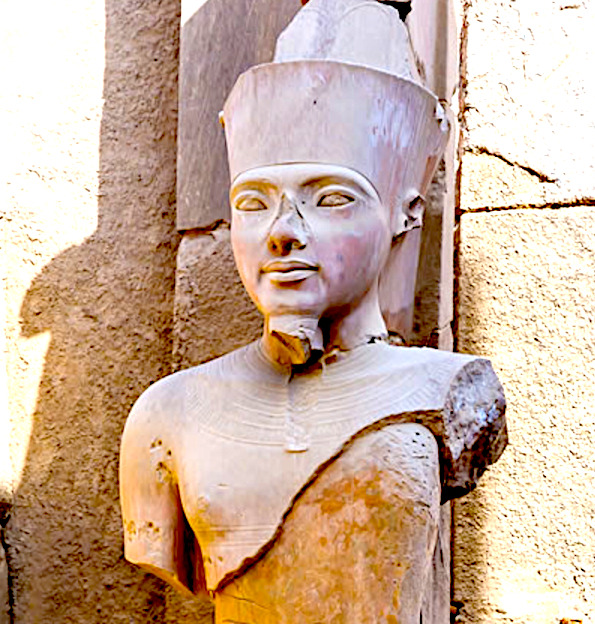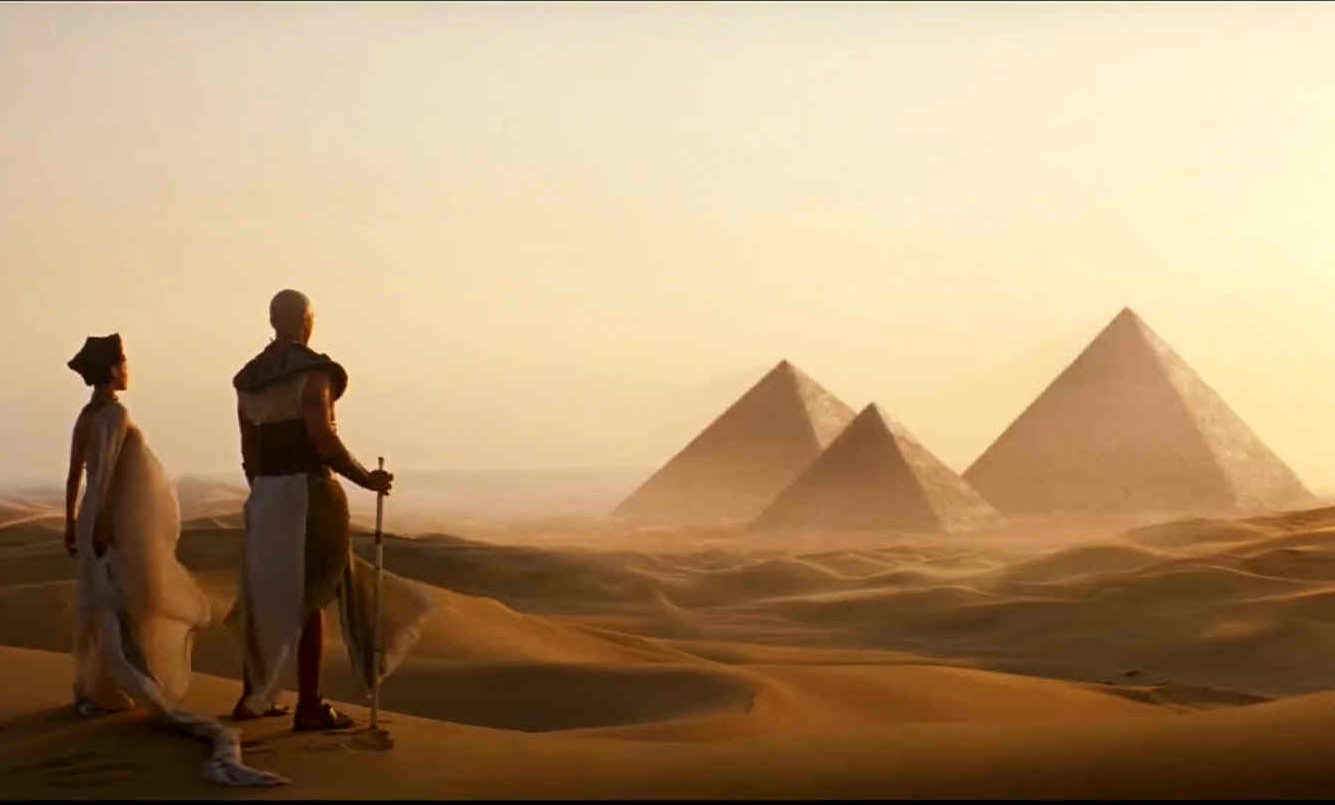
Amun
Ra - The creator of life on earth
Amun was a major ancient Egyptian deity who appears as a member of the Hermopolitan Ogdoad. Amun was attested from the Old Kingdom together with his wife Amunet. With the 11th Dynasty (c. 21st century BC), Amun rose to the position of patron deity of Thebes by replacing Montu.
After the rebellion of Thebes against the Hyksos and with the rule of Ahmose I (16th century BC), Amun acquired national importance, expressed in his fusion with the Sun god,
Ra, as Amun-Ra (alternatively spelled Amon-Ra or Amun-Re).
Amun-Ra retained chief importance in the Egyptian pantheon throughout the New Kingdom (with the exception of the "Atenist heresy" under Akhenaten). Amun-Ra in this period (16th to 11th centuries BC) held the position of transcendental, self-created creator deity "par excellence"; he was the champion of the poor or troubled and central to personal piety. With Osiris, Amun-Ra is the most widely recorded of the Egyptian gods.
As the chief deity of the Egyptian Empire, Amun-Ra also came to be worshipped outside Egypt, according to the testimony of ancient Greek historiographers in Libya and Nubia. As Zeus-Ammon, he came to be identified with Zeus in Greece.
Known to be the god of creation, Amun Ra is an Egyptian God with much to teach the modern world. Revered in Thebes and around the region, Amun Ra allowed those who worshipped him the ability to create all that they needed and all that they wanted. Whether through a magic spell or through devotion, Amun Ra welcomed all at his altar.
According to ancient Egyptians
mythology, Amun-Ra created himself and then gave birth to life and to the Universe. Indeed, still according to Egyptian mythology, at the beginning of our era, there was only a vast infinite ocean and the original darkness. By responding spontaneously to the call of life, Amun-Ra sprang from the ocean and began his heavy task as a creator. It was he who is at the origin of the Universe, the Cosmos, and the Earth.
The cult of Amun-Ra was present throughout Egypt. His main temple was that of Karnak, the richest place of worship in the country. Because of its popularity and its status as king of the gods, many pharaohs made him their symbol and placed themselves under his protection.
The history of the development of Amun’s worship is fascinating. He started as a deity worshiped only in Thebes. After the pharaohs moved their capital to Thebes, Amun became a major god. During the Eighteenth Dynasty, he assimilated with Ra and grew in importance.
Many of the Eighteenth Dynasty kings commissioned frescos showing Amun-Ra fathering them. This was also the way rulers whose legitimacy was in doubt proved their right to rule. When Hatshepsut began ruling for her stepson, she commissioned murals showing Amun-Ra fathering her. She used these murals to legitimize her kingship and remain pharaoh until her death.
As the Eighteenth Dynasty progressed, Amun-Ra’s cult grew in wealth and power. Soon, the cult rivaled the pharaoh in power and prestige. This fact contributed to Akhenaten’s decision to declare Aten the only god in Egypt. He moved the capitol to a new city but as soon as he died, Amun-Ra’s priests regained their power. Thebes became the capitol again and the cult of Amun-Ra continued to gain power.
Amun’s first role was as the patron saint of the ancient Egyptian city Thebes, where the ruling pharaoh and his royal family resided. Here he became joined with the sun god Ra and the two became known as the Egypt god Amun-Ra.
Amun-Ra was the king of the Upper Egyptian gods and one of the most important gods in Egypt, second only to
Osiris.
Egyptians gave Amun-Ra the role of a creative power responsible for all
life on earth, in heaven and in the Tuat (underworld).
Amun was also the father of the pharaoh.
TEMPLES
Temples dedicated to Amun were built throughout Egypt and Ramses II built or rebuilt several of them. Three of these temples are those at Deir el-Medina, Luxor and Karnak:
- Deir el-Medina is located on the western bank of the Nile across from Thebes and near the Valley of the Kings. Ramses II built this temple and two dedicated to the other members of the Thebean Triad.
- Amun’s temple at Luxor was first built around 1500 BC and has been an active religious site up to the present day. People worshiped a unique version of Amun, named Amenemope (Amun of Opet). Two names for the Luxor Temple are the “Place of Seclusion” or the Southern Opet. This temple was in the heart of ancient Thebes and a processional road connected it to Karnak.
- The temple complex at Karnak is the largest temple complex built by humans and the Great Temple of Amun is its crown jewel. Generations of pharaoh’s added to or rebuilt sections of this temple. Criosphinxes (sphinxes with ram heads) line one of the processional ways. Several courts, obelisks, and pylons, carved with hieroglyphics, are part of this temple. Several temples are part of this complex including one dedicated to Aten. Akhenaten built it during the first five years of his reign, before he moved the capital to Amarna.

|


